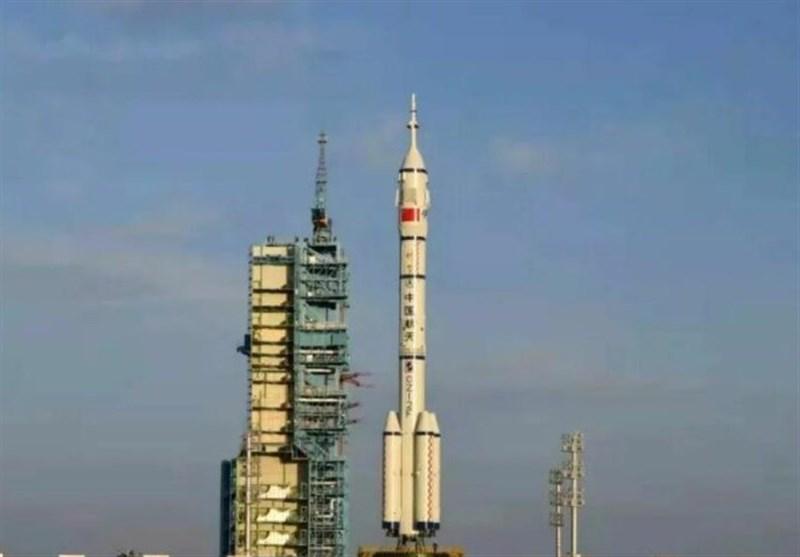China's Space Station Developments
China's Tiangong space station, operational since its core module launch in April 2021, epitomizes the nation's escalated trajectory in aerospace endeavors. Foreseeing long-term crewed missions, the station is integral to various in-orbit scientific explorations. Tiangong incorporates modular design, allowing for adaptability and growth to accommodate future research needs.
The core module, known as Tianhe, serves as the space station's hub. It provides living quarters for astronauts and houses control systems for the entire station. Tianhe is joined by two laboratory modules, Wentian and Mengtian, launched in 2022. Each of these additions has expanded the station's capacity for scientific research, supporting an array of studies from biology to astrophysics.
One notable endeavor aboard Tiangong is the study of the impacts of the space environment on biological organisms. Astronauts on this floating laboratory investigate the microgravity effect on various life forms, contributing essential insights toward sustained human life beyond Earth. Complementary to this biological focus is the exploration of celestial phenomena. Astronomical observations from this outer-atmosphere location avoid the Earth's atmospheric interferences, facilitating clearer and more accurate scientific data collection.
Additionally, Tiangong features advanced equipment for Earth observation. The space station utilizes high-resolution sensors to monitor climate change, agricultural developments, and urban expansion on Earth. These observations are critical for disaster response and environmental management, offering an invaluable perspective that only a space-based platform can provide.
Efficiencies in technological outfitting allow the Tiangong space station to execute these plans. Renewable energy sources and regenerative life support systems minimize resupply missions' frequency and cost, aligning with longer mission durations and greater crew autonomy. This design minimizes the station's ecological footprint, marking China's commitment to responsible space exploration.
China's space authorities plan to enhance Tiangong further, with talks persisting about the potential expansion of the station to include an additional module. This expansion would facilitate increased international collaboration and potentially help bridge Earth-based labs with orbital research endeavors.
Moreover, the accessibility regime Tiangong proposes holds promising reinforcement in international space law and cooperation. Welcoming space professionals worldwide offers a boost to intercultural scientific exchanges and deepens our collective understanding of the space frontier.
As a beacon of China's rapidly advancing sovereignty in space, Tiangong showcases ingenuity, steadily plotting humanity's expedition into the celestial yonder. The possibilities stemming from such an enterprise serve science and sow seeds for a multitude of prospects in heavenly body exploration and interplanetary synergy.
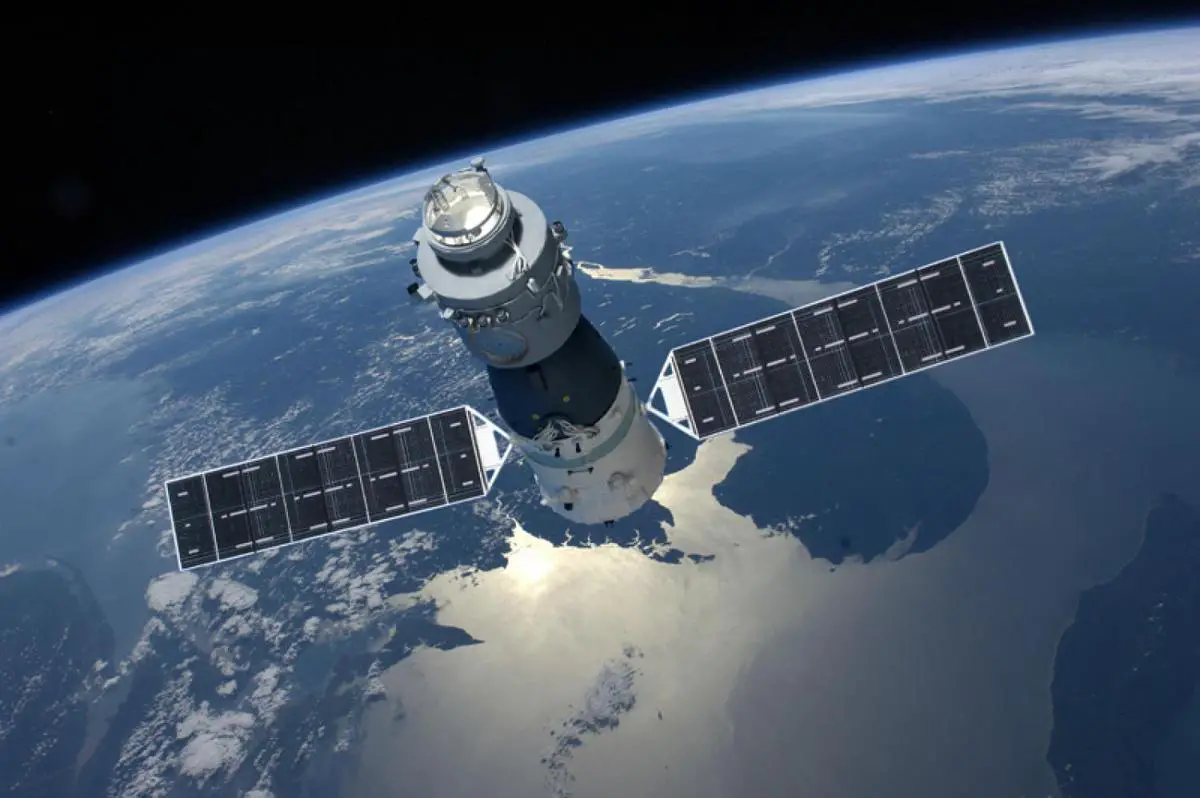
Lunar Exploration and Ambitions
Turning our gaze to the Moon, China's grand lunar ambitions sculpt a visionary trajectory that extends naturally from its orbital advancements. The nation's commitment to lunar exploration is underscored by the Chang'e mission series, drawing its name from the mythological Chinese Moon goddess. These missions represent a structured progression of sophisticated lunar interaction, integral to China's aim to be a preeminent space-faring nation.
The groundwork was laid by Chang'e 1 and Chang'e 2, orbiters that mapped the lunar surface in detail, crafting full-coverage images and mineralogical maps. These missions set the stage for Chang'e 3's historical accomplishment in 2013, deploying the Yutu rover, which marked China as the third country to achieve a soft landing on the Moon.
Building on this foothold, 2020's Chang'e 5 mission was an unequivocal expression of technical prowess—a robotic marvel that returned Moon samples to Earth. The substantial amount of lunar soil and rock collected offers invaluable material that has opened new chapters in the science of lunar geology, presenting fresh insights into the Moon's provenance and evolution.
Eying a near future lined with even more ambitious goals, China's focus has pivoted to sustainable and human-oriented exploration. The declaration to land taikonauts on the Moon by 2030 sets an exhilarating course at this nexus of urgency and innovation. With crews planned to be sent using the features of the forthcoming Long March 10 rocket, the stage is being set for an audacious human return to the Moon.
Concurrently, China is forward-planning the establishment of a permanent lunar research station in collaboration with international partners, targeted for completion by 2036. This International Lunar Research Station (ILRS) intends to serve multidisciplinary purposes:
- Conducting astronomical observations
- Exploring the lunar geography
- Investigating the effects of lunar living conditions on humans
Its construction will start with remote robotic systems, advancing to a beacon of lunar habitation supporting prolonged scientific sojourns.
This bold endeavor reinforces the global partnership ethos embraced by China's space program, deeply paralleling calls for international cooperative frameworks in outer space activities outlined in their governance policies. Each lunar mission leapfrogs its predecessor in scope, integrating technological advancements and contributing richly to China's repository of cosmic acumen.
Each lunar mission articulately leverages previous learnings and technologies, positioning China on an escalating path toward a commanding presence in lunar exploration. These drives fortify a narrative of accomplishment and are emblematic of China's holistic view in leveraging space for peaceful pursuits, socio-economic betterment, and long-term celestial stewardship—all wrapped in the vision of earning a prime role on the theatre of international space exploration. As we watch these ambitions unfold, the competition and collaboration will inevitably influence a new chapter in humanity's relationship with the cosmos.
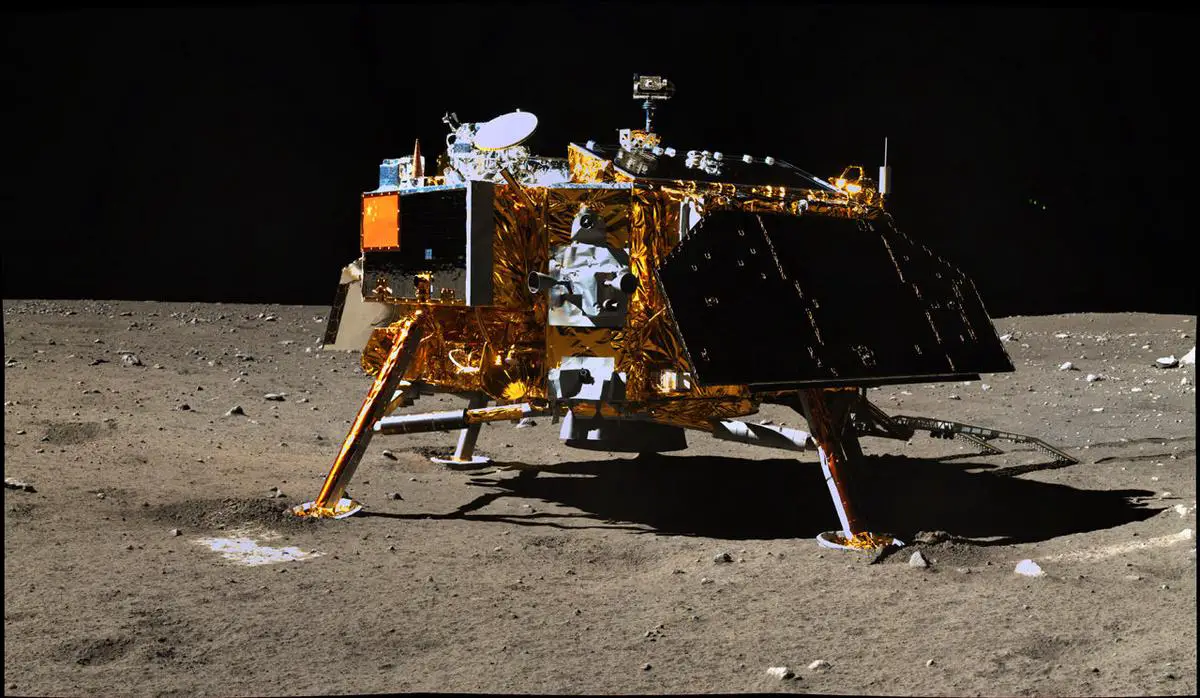
Mars and Beyond: Interplanetary Missions
Beyond languishing in the silvery glow of our lunar companion, China eyes a broader interplanetary canvas—thus heralding the Tianwen series. This moniker, translating to 'Questions to Heaven', resonates with a venerable poetic quest into cosmological unknowns. The inaugural mission, Tianwen-1, underscored this venture as an audacious undertaking by safely depositing the Zhurong rover on the rusted plains of Mars in May 2021. This marked a milestone for China—the second country to attempt and succeed in a Mars rover mission—and a veritable personification of a higher, probative initiative into planetary sciences.
Zhurong, tasked with exploring the Utopia Planitia, a vast Martian plain, contributed succinct vista compositions and subsurface profiles. It orbited exciting discussions on Martian geology and potential ancient water reservoirs beneath its frigid crust after its anticipated three-month mission exceeded expectations, embarking on academic sojourns that bequeathed inspiring volumes of data upon terrestrial repositories.
Looking forward with optimism, the celestial sojourns extend further with Tianwen's embrace of navigation beyond the Martian region. Launched into ambitious trajectories are visionary crusades to Jupiter and especially, Callisto, the outermost of the four Galilean moons. By ear-marking this moon, conspicuously absent of significant radiation effects that batter its peers, China posits accessibility to an unsullied icy orb, and a clear scientific stage capable of unveiling pristine chronicles of the jovian system's history.
For these missions prowling the far reaches of our celestial neighborhood, plans convene about incorporating orbits focused on gravitational kything—delicate dances using jovian massive celestial gravities to finesse paths across astonishing cosmic frontiers. This broadens China's spacecraft theatrics to directionally probe further into the observation of what occupies the vast silences between stellar entities by establishing and extracting data caches from heliocentric points transitioning into interstellar affinities.
China articulates these orchestrations bearing a hardy emphasis on payloads specifically designed to experiment and interface more directly with extraplanetary environs. Mounted sensors, spectrometers, and more remain on scholarly standby to cross-question cosmic occurrences at these afar waypoints. Encodings that morph from mere data into interpretations help garner expansive understandings of solar wind flux, planetary genetics, and engaging geophysical exposés.
Pragmatically, these interplanetary initiatives are conducted not in isolative splendor but extend open global invitations posturing co-operative ingredients in international space endeavors. This holistic subscription to resolutionary objectives—boiled in promises of astrophysical salience—provides capsules distilling planetary and deep space phenomena.
As each developmental stage unravels, crafted collective inquisitiveness blesses this interstellar communion celebrating humanity's perseverance, distinctly memorable in celestial narratives forever voyaged. Herein lies the cradle marking an audacious paradigm for generations to come—a testament capturing spirited orchestrations within China's evolving role in planetary probe deployments.
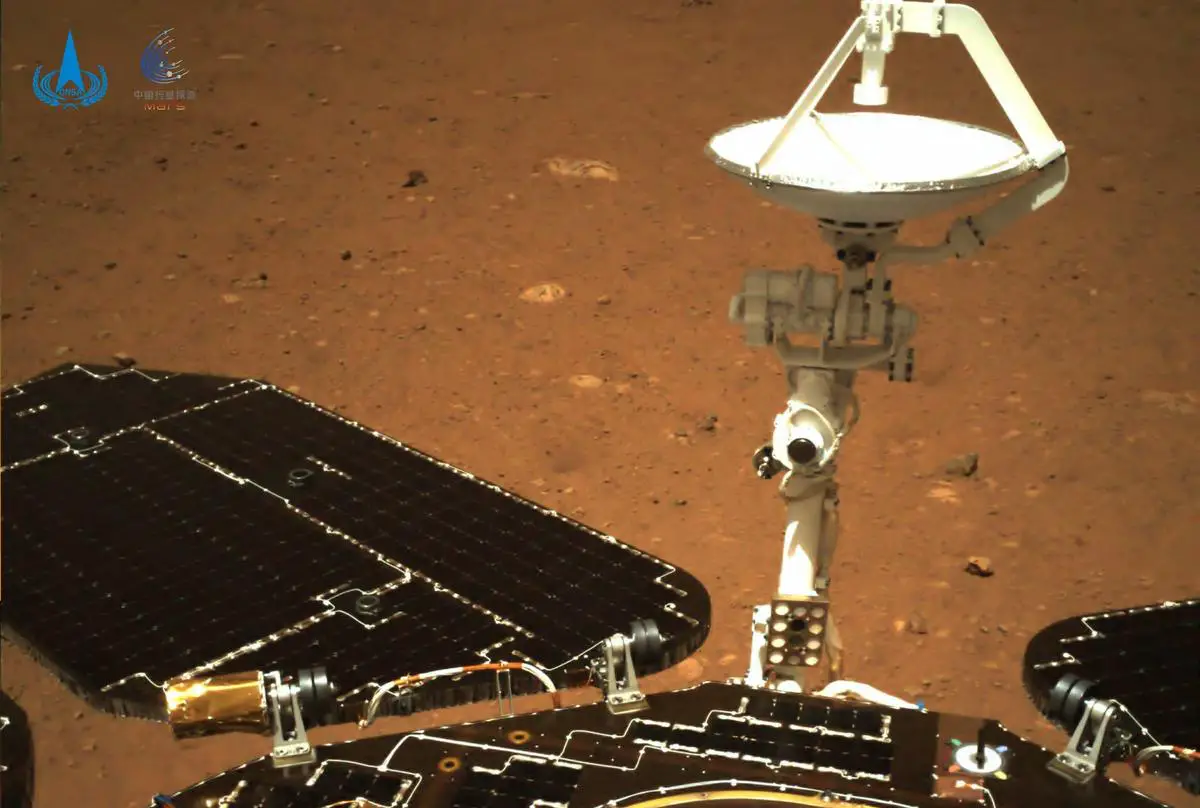
Commercial Space Sector and Global Competition
As China extends its celestial ambitions, the burgeoning commercial space sector remains integral to its global competitive positioning. Spearheaded by companies like MinoSpace and Galaxy Space, which have rapidly translated governmental technological strides into commercially viable projects, these enterprises substantiate China's rise as a formidable player in the space economy. Deeply entwined with national objectives, the commercial branch operates under a dual policy of compliance and innovation, echoing the primary national strategy.
Chinese commercial space entities have notably augmented China's space infrastructure capabilities, ensuring the development of launch systems like the Long March series rockets which support both civilian and defense interests. Notably, the heavyweight Long March 9, set to enhance ultra-heavy payload deliveries, prefigures an era where lunar and Mars missions become periodically operational, rather than merely symbolic accomplishments. It's a smart amalgamation of government ambition coupled with market-driven agility ensuring economic dividends alongside monumental astral achievements.
Further fortifying this ascent is the pervasive development of assorted satellite constellations aimed at telecommunications and Earth observation. By bolstering satellite mass production, aligned closely with trends like High-Throughput Satellites (HTS) and SmallSats, Chinese space companies are democratizing space technologies. China's entry into the amassment of orbital networks for global satellite internet surely punctuates its strategic foresight. This imparts resilience against geo-information disadvantages in global theaters—a vibrant facet of state security interlacing economic lucrativeness.
Commercial endowments in modifying rocket capabilities also typify China's pragmatic approach to resource utilization. Innovations such as reusable rocket technology spotlight sustainability as a terrestrial criterion and a spacefaring precept as well—a strategic node enhancing long-term operational economies.
By launching varied payloads for international clients, Chinese commercial aerospace swiftly gathers rapport as a strategically priced option in the global launch services market. Telemetry from such expansions has bolstered China's negotiating stature at international regulatory consortia, harvesting geopolitical latitude previously buffered by Western counterparts.
Contributions to space debris management and on-orbit servicing by private ventures emphasize China's proactive stance on emerging challenges within increasingly cluttered space lanes—promising a tidier and more sustainable orbital domain that lowers risks and upholds operational sanctity within the astro-commerce sphere.
The realism of tactical readiness amalgamated with visionary goals in troughs of cooperative internationalism permits China—a relative novice turned full-blown achiever on the interstellar stage—to embed itself deeply in the variegated narrative of a globally advancing space community. As newly formulated mega-constellations bead the celestial gamut above and novel lunar aspirations plow insights beneath crystalline exospheres, it is clear: China's domestic communion in commercial vigor plays an undeniably crucial counterpoint in a tactical treaty propping a shared explorative penchant. This capsule—filled with digital dividends—reshuffles global awe while apparent alignment shapes into more than just organizational alleyways but into authentic avenues ushering stellar narratives driven civically to ever-growing heights. Exploring space is no longer just about political deluxe; it becomes a nuanced endeavor sparked by enterprise flows encased within astro-commercial enterprises transcending borders and overarching human stargazes from daydreams to tangible renaissance.
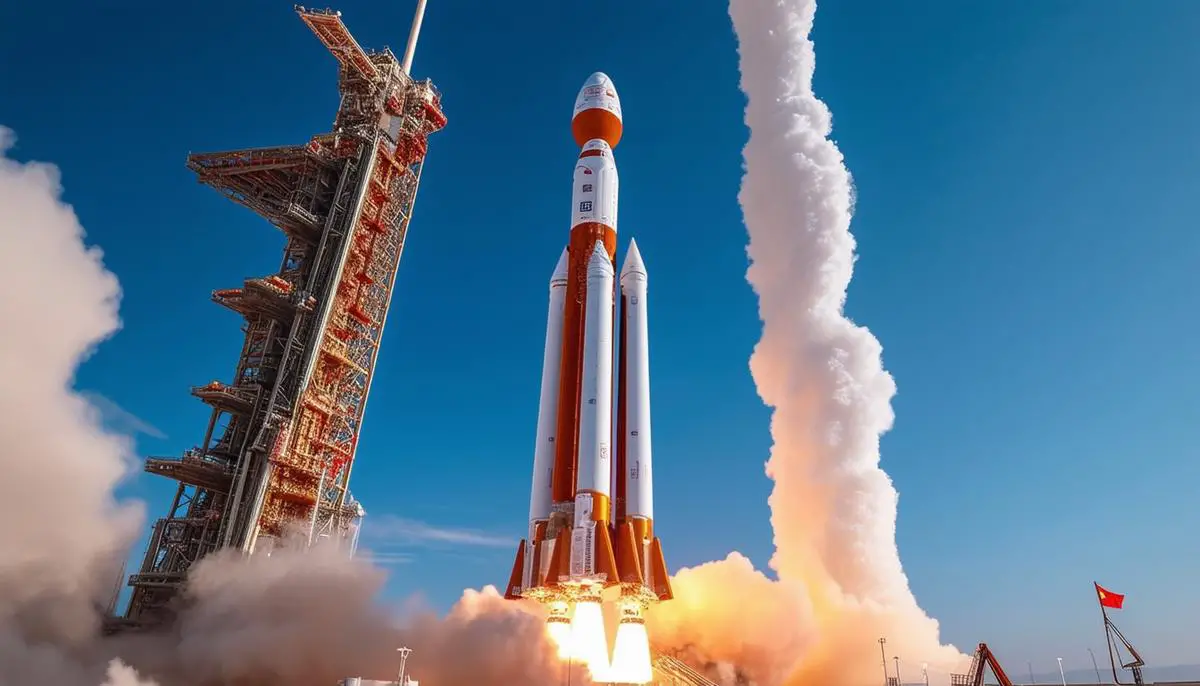
Technological Innovations in Space
The Long March rocket series stands as a paragon of China's ambitious strides in rocket technology, reflecting rigorous enhancements and a dedication to advancing payload carriage capabilities. Pioneered by China Aerospace Science and Technology Corporation, the Long March family has been pivotal in delivering payloads to a variety of orbits, bearing a beacon of China's prowess and executing highly esteemed projects like manned space missions and lunar explorations.
Long March rockets exemplify ingenuity with their variety of configurations adapted to specific mission demands, ranging from telecommunications satellite placements in geosynchronous transfer orbits to cargo deliveries to the Tiangong space station. The Long March 9, a super-heavy-lift rocket, syncs with China's celestial ambitions of large-scale orbital infrastructures and deep space exploration. Its envisioned role in ferrying essential components for China's space-based solar power stations is remarkably ambitious.
Chinese advancements in satellite technology stride forth with equal vigor. Modern iterations like the Fengyun and Gaofen series showcase impressive resolutions and swath moderations, intricately meshing remote-sensing functionalities with variable spectral ranges. Applications span from climate monitoring to disaster management, restructuring global paradigms of environmental observation and geopolitical strategy.
Advancements in the remote-sensing capabilities of these satellites are matched by strides in transmission clarity and efficiency, culminating in real-time data processing and immediate, actionable satellite telecommunication capacities. This bolster in capability amplifies disaster response times and reinforces China's stance as a global informant.
Space-based solar power finds technological orchestration at its zenith. China translates ambitious clean energy goals to a scale that breaches celestial borders. Planar arrays align with satellite innovations primed with microwave or laser energy transmission to propose formidable mega-structures. Floating photovoltaic arrays potentially powerful enough to endow lunar bases or supply continuous energy to deep space missions are nearing actuality.
Integral to these plans are developments in light and heat management technologies—learning to harness and efficiently direct energy across the expanses separating celestial bodies. Coupling these arrays with ultra-efficient receptor satellites pledges a conduit for reliable, continuous energy influx descending into terrestrial grids or climbing to off-world outposts.
The emergent symphony comprising Long March majestics, satellite sentinels, and heliogyric arsenals of power instills an audacious prelude to a future where technology serves as both safeguard and courier. As humanity ventures further out into the cosmos, led by nations like China invoking cosmic scales of ambition, the infinite beckons and synergistically integrates with the pinnacle of human innovation and aspiration.
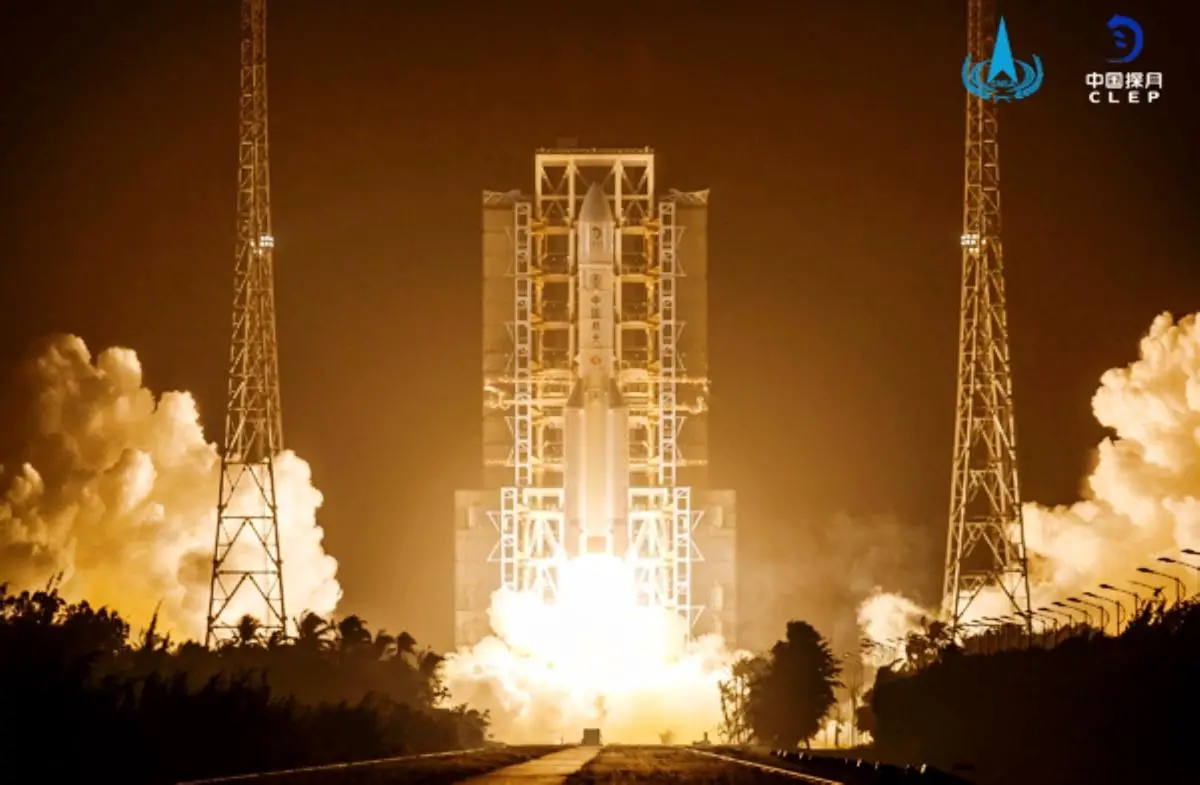
Strategic Implications of China's Space Program
China's ambitious expansion into space carries profound strategic implications, underscoring a shift in the global balance of technological prowess and geopolitical influence. As the nation propels itself to the forefront of space endeavors, these ventures are viewed as a mechanism of national prestige and power.
The practical implementations of China's space achievements, particularly in terms of national security, are multilayered.
- Space-based assets, including satellites for communication, navigation, and observation, play indispensable roles in modern military operations.
- China's constellation of satellites heightens its surveillance and reconnaissance capabilities, offering a strategic vantage point critical for contemporary warfare and intelligence gathering.
- The ability to defend and possibly extend territorial reach via these assets is seen as an essential pillar of national security.
As China continues to develop its space capabilities, it enhances its status as a global power, placing it in a position to compete with other space-faring nations. Such advancements impact global telecommunications networks, navigation systems, and influence the next generation of technological standards. By launching its own satellite navigation system, BeiDou, China exemplifies its pursuit of technological sovereignty, aiming to reduce reliance on foreign systems.1
This independent stride in harnessing space extends into how Beijing is perceived as a partner or competitor. By fostering capabilities for significant achievements, China showcases its technological sophistication and positions itself as an essential counterpart in potential international space alliances—or a formidable competitor. Engagements in space serve as both a channel for diplomatic exertion and a stage for strategic rivalry.
China's endeavor into outer space offers a significant platform for geopolitical negotiations, where partnerships for exploration can parallel terrestrial interests. China vigilantly crafts its image as a cooperative giant willing to share the gleanings of its explorations through initiatives such as the proposed International Lunar Research Station. These associations strategically carve spaces for dialogue with countries not typically aligned with Western consortia.
This spirited ascension also introduces challenges. The minefield of space debris management, traffic coordination, and militarization poses grave security concerns that require global cooperation to establish modern norms and treaties catering for the sustainability and safety of outer space. China's active engagement in these realms evokes both an opportunity and a necessity for cooperation among the international community.
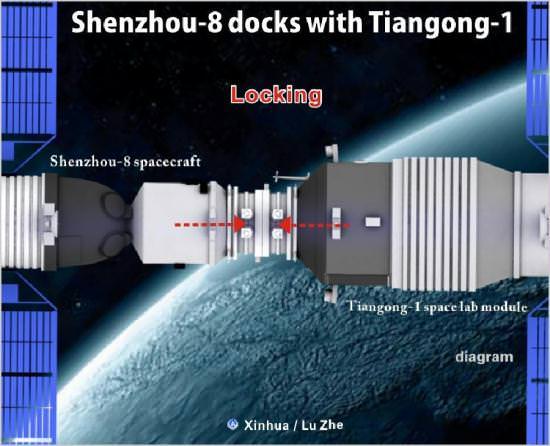
China's space ventures are a potent symbol of national prestige and a pivotal element in the broader tableau of global power dynamics. As these celestial ambitions unfold, they redefine the boundaries of human achievement and reshape the contours of international relations and strategic partnerships in the boundless arena of space.
![]()
